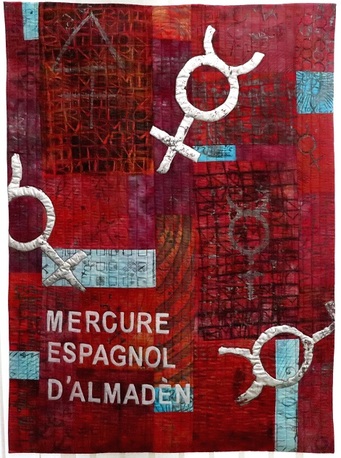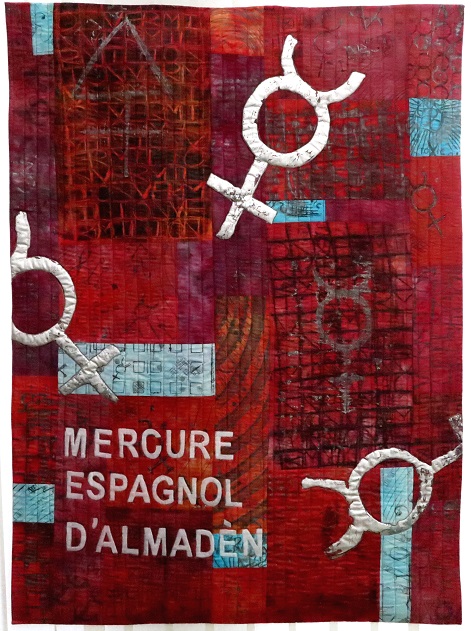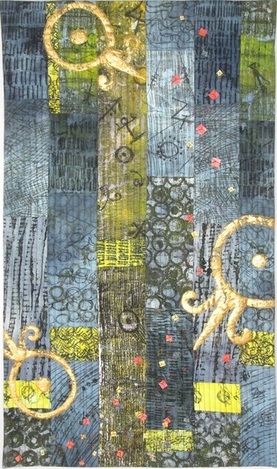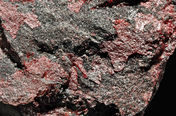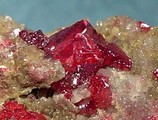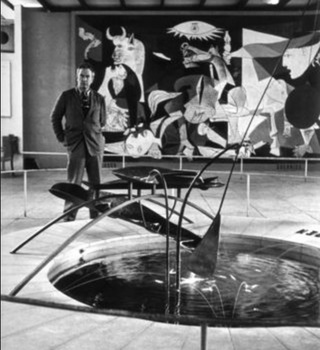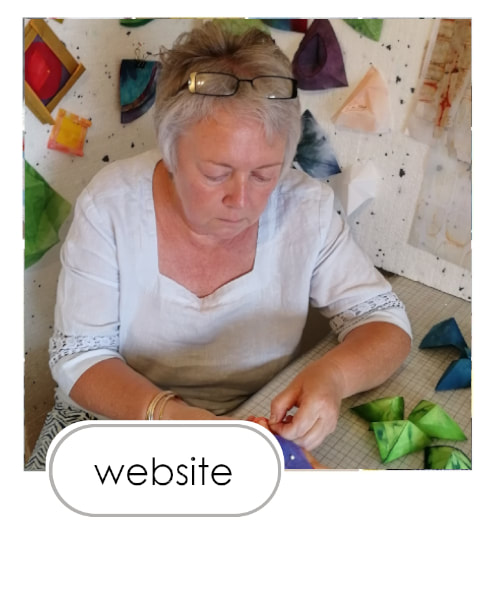|
One week on and here it is - the finished quilt 'Dragon's Blood'.
I don't think I have ever made a quilt so quickly and enjoyed the process so much. The hardest thing about the whole project was choosing the title! It is my entry to the SAQA challenge 'Made in Europe'. (Dragon's Blood was the name often given to red pigments by the Romans - no matter what their source!) I am so pleased with how well it came together. As most of the preparatory work had already been done in my sketchbook it was just a matter of cutting the fabrics and playing about with them on the design wall to work out the best arrangement of textures and colours. The other thing I am really pleased with is the cotton sateen fabric. The photograph doesn't show nearly how beautiful this fabric looks. It is the first time I have worked it and I am completely in love. The cloth is soft and easy to stitch, yet firm enough not to stretch or distort and has the most delicious sheen. I wish I had started using it years ago!
I mentioned in the last blog post that it is a follow-on piece from a quilt I made a few year ago, called Chrysopoeia. Now 'Dragon's Blood' is finished I can show you them both together.
The large silver symbol on the new quilt is one of the many symbols used to represent Mercury - both the planet and the rather unusual silver-skinned metal. (I have always been fascinated by the symbols the Alchemists used to represent the chemicals they knew of). Mercury is a relatively rare metal, whose use has long been irreplaceable in a variety of technical, chemical and industrial processes. It has only ever been produced in substantial quantities by a small number of mines worldwide, the largest of which is in Almadén, Spain. Almedén has the largest reservoirs of cinnabar (the ore which yields mercury) in the world and in 1937 60% of the world's mercury came from its mines. Competition from China means that the mines are now closed, but Almadén has become a World Heritage site on the strength of its past. As well as being the major source of metallic mercury, cinnabar has another use. When ground into a fine powder it makes the intense red pigment known as vermillion and was embraced by artists during the Renaissance. True vermilion isn't a uniform shade, as it varies from a brilliant orange-red to a duller, bluer red, depending on the consistency of the cinnabar grounds — the finer the powder, the more brilliant the hue. With this in mind I decided to use fully saturated shades of red for most of the quilt, even though I knew that would make it pretty intense!
As I continued to work of the design of the quilt I made the decision to continue to using Alchemists symbols as marks on the fabric. I chose the following as the main symbols and made the marks using the mono print technique with black and silver textile ink.
For the final part of the design of the quilt I wanted to incorporate something of the story of Alexander Calder's mercury fountain. Calder was commissioned by the Spanish Republican Government to create a piece for the 1937 World Exhibition in Paris. Although highly toxic, Calder chose to use mercury to create a kinetic sculpture to welcome visitors to the Spanish Pavilion. The mercury in his fountain had a double significance: acting as the driving force of the piece, and also paying tribute to the people of Almadén who suffered greatly at the hands of Franco's fascist troops during the Spanish Civil War. Among other works, the World Fair Spanish pavilion also contained Picasso's iconic painting Guernica and Miro's painting 'The Reaper'.
'Mercure Espagnol D'Almadén'
After the exhibition Calder donated the Mercury Fountain to the Fundació Joan Miró in Barcelona, as a mark of his friendship with Miró. It is now displayed behind very thick permanently sealed glass to ensure the poisonous mercury vapors never escape. So, that is this quilt finished, and for my next one..............sulphur. You can probably guess - it is going to be yellow! Thanks for reading.
|
|
